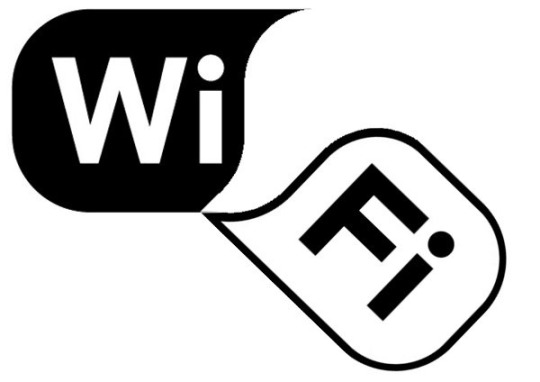
This past Wednesday, in a Congressional hearing before the Senate Committee on Commerce, Science, and Transportation, FCC Commissioner Jessica Rosenworcel once again took the opportunity to promote her favorite unlicensed wireless tech –– the IEEE’s 802.11 family of standards most commonly known as Wi-Fi. Indeed, at several times in her opening testimony, Commissioner Rosenworcel used the terms Wi-Fi and unlicensed spectrum almost interchangeably:
The future of spectrum policy requires not just more licensed spectrum — but also more unlicensed spectrum. In short, we need more Wi-Fi.
So in any legislative effort to increase the licensed spectrum pipeline, we need a cut for unlicensed — call it the Wi-Fi dividend.
In sum, if we combine more incentives to facilitate the repurposing of federal government spectrum for new commercial use with more exploration of the possibilities of millimeter wave spectrum and more opportunities for Wi-Fi — we can build a spectrum pipeline that is robust, reliable, and a potent force in our economic future.
If Commissioner Rosenworcel is a big fan of Wi-Fi, she’s not alone. Wi-Fi accounts for a growing proportion of all Internet traffic, and it’s not uncommon for people to use the term Wi-Fi as shorthand for wireless broadband Internet access. However, the focus of the hearing was “Wireless Broadband and the Future of Spectrum Policy” –– not the future of Wi-Fi.
As great as it is, Wi-Fi is only one of many technical standards that operate in the unlicensed spectrum bands. Cordless phones, baby monitors, and wireless microphones are some of the other common services that utilize unlicensed spectrum. And there have been several others throughout the years, some of which have had great success (like Bluetooth) while others have struggled to gain widespread adoption (like WiMAX).
The point, though, is that all of these new standards and services were developed thanks to the great foresight of the FCC, tracing back to 1938, when it originally developed the Part 15 rules that allow anyone to operate in the unlicensed spectrum bands as long as they comply with a handful of basic parameters (regarding things like gain, OOBE, and EIRP) designed to protect licensed operators and end-users from interference and other forms of harm. Such greenfield spectrum with minimal regulations has been great for innovation, with equipment vendors and service providers investing millions of dollars in research and development to create new devices and standards to utilize these unlicensed bands. However, despite its popularity, the burgeoning trend of Wi-Fi favoritism now threatens to undermine these types of innovation going forward.
Such a development might not be a bad thing –– particularly for those who have built their business models around Wi-Fi and invested billions of dollars deploying Wi-Fi mesh networks –– but for others it might be catastrophic. Consider, for example, the LTE-U (pre-standard) standard being developed through the 3GPP. Equipment manufacturers and wireless carriers have been investing heavily in a new wireless standard that can utilize unlicensed bands on an opportunistic basis to offload data traffic, easing congestion on the already crowded licensed bands carriers use to transmit data to and from larger cell sites, giving users better connectivity and a more seamless experience as they move about the world in and out of range of particular cell sites.
If you’re a user with a smartphone, LTE-U should get you very excited, because your carrier will be able to offer you faster and more reliable service at a reduced cost –– compared to the normal cost of serving users over licensed spectrum bands, for which carriers must pay dearly. However, for those who myopically view Wi-Fi as the pinnacle of short-range communications, LTE-U and other potential unlicensed standards may have you very worried. Thus, it is no surprise that some –– particularly those that have invested heavily in Wi-Fi –– have recently been clamouring for the FCC to prohibit LTE-U and the ilk, ossifying the unlicensed bands and effectively transforming them into Wi-Fi bands.
In Washington, DC, gaming the regulatory apparatus to protect one’s business model at the expense of a competitor’s is, unfortunately, par for the course. However, it is up to the regulator (here, the FCC) to see past the empty rhetoric of would-be arbitrageurs, fend off the perils of hubris, and maintain a system that operates based on merit –– not political favors. Despite its tremendous growth and popularity, the FCC should resist embracing Wi-Fi as the king of unlicensed standards, avoid playing favorites, and keep the unlicensed spectrum bands the way they have always been: open spaces for innovation with minimal regulation.
